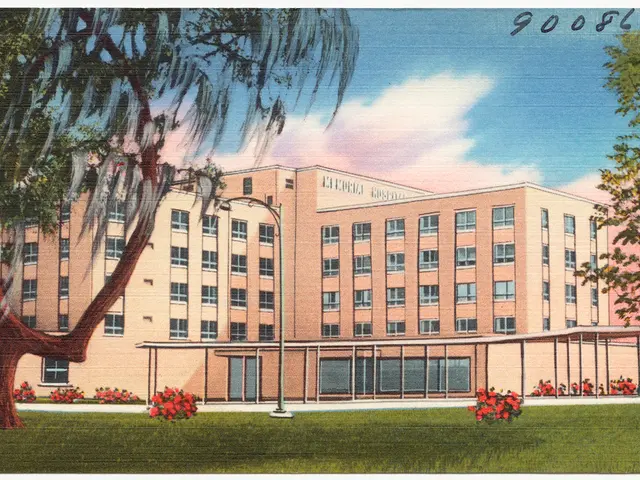Industrial Gases: The Future Lies in Circularity
Industrial gases, such as carbon dioxide, methane, hydrogen, and ammonia, hold significant potential for increased circularity. This shift is driven by the need to decarbonise the atmosphere and manage waste streams effectively.
The circular economy approach offers numerous opportunities to utilise captured carbon in various value chains. For instance, carbon dioxide can be repurposed for carbonated beverages, while novel CO2 materials and even concrete and cement production present alternative uses.
These opportunities are increasingly intertwined with waste streams, both gaseous and solid. By transforming and monetising these waste streams, industries can create new revenue streams and reduce environmental impact.
In the realm of industrial gases, the future lies in circularity. By harnessing the potential of carbon dioxide, methane, hydrogen, and ammonia, and integrating waste management strategies, businesses can contribute to a cleaner, more sustainable future.
Read also:
- THW Marks 75 Years of Saving Lives at Home and Abroad
- Federal petition from CEI seeking federal intervention against state climate disclosure laws, alleging these laws negatively impact interstate commerce and surpass constitutional boundaries.
- Hydrogen Energy: Sustainable Innovation or Resource Exploitation?
- Dim outlook for a major energy corporation







